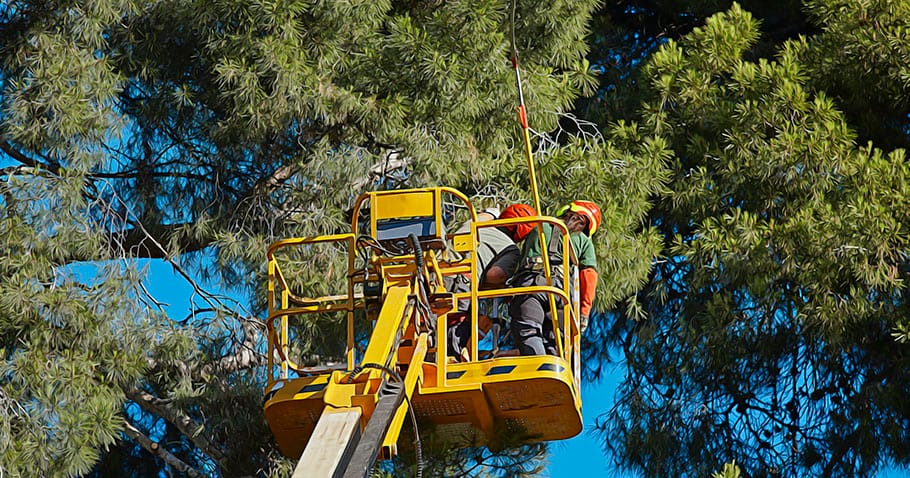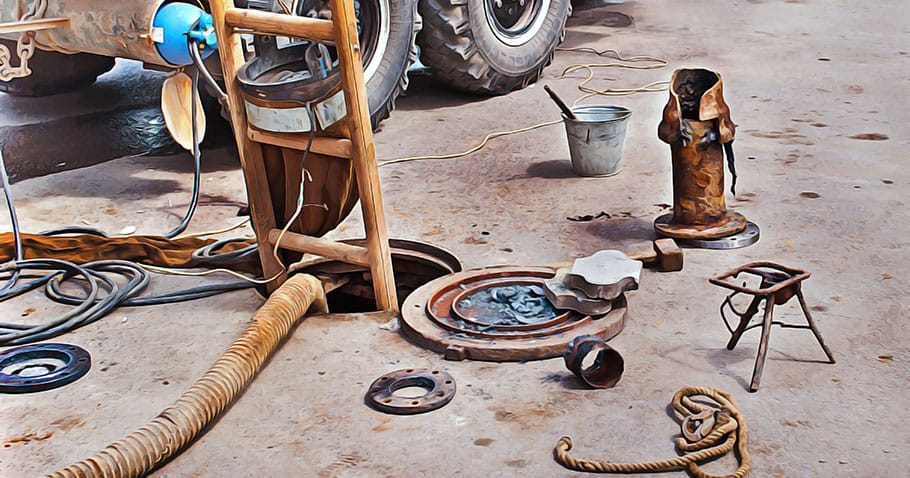The environment depends on trees because they offer shade and beauty while serving as wildlife habitats. Trees need maintenance as well as care to maintain their safety and health like all living organisms. Pruning stands as the vital tree care practice that requires branch removal for enhancing structure quality alongside tree health and visual appeal. Tree removal becomes necessary to protect people and property when trees deteriorate into hazards. Learning about tree removal services benefits will guide homeowners and property managers to achieve both safety and landscape aesthetics.
The Benefits of Tree Pruning
Tree pruning constitutes an essential method for sustaining trees both in terms of health and visual appeal. Tree health remains protected from disease spread because pruning removes dead and diseased as well as damaged branches. Better air circulation together with sunlight penetration become possible through this process because they play crucial roles in maintaining tree health. Tree pruning stimulates fresh development which creates trees that become stronger and more resistant to damage.
The practice of pruning both supports tree health and determines how the tree will grow in shape. Correct pruning methods enable trees to establish robust central leaders while minimizing breakage risks and creating better visual appearances. Structures near trees require pruning to avoid branch interference with buildings and power lines since this practice decreases storm damage potential during high winds.
Pruning a tree properly leads to enhanced appearance as well as enhanced safety conditions in the surrounding environment. During severe weather conditions the maintenance quality of trees becomes crucial because poorly managed trees create substantial safety risks. Homeowners who prune their trees consistently lower the risk of tree-related accidents including branch drops or complete tree collapses that damage property and harm people.
The Art and Science of Pruning
The practice of tree pruning demands knowledge about tree biology and growth patterns because it functions as both art and science. Different trees need particular pruning methods and the moment of pruning determines the health of the tree. Different tree types require pruning during specific seasons because some should receive their cuts in late winter followed by early spring before new growth starts whereas others need summer pruning when they reach full leaf stage.
The process of tree pruning requires making precise cuts to help healing and stop disease development. The tree bark suffers damage when cuts approach too near the trunk yet improper branch collar distance results in poor healing from tree stubs. A skilled arborist applies proper pruning methods for various tree species to maintain both health and strength of the tree after trimming.
Some trees need additional extensive pruning procedures to resolve particular problems. Trees requiring storm damage repair along with correcting growth issues need professional arborist intervention for shape restoration purposes. Professional arborists should assess tree conditions before determining proper pruning solutions because they possess the expertise to guide such decisions.
When Tree Removal Becomes Necessary
The practice of tree pruning addresses various problems but tree removal emerges as the most suitable option in specific cases. Removing a tree from a property becomes essential when it shows signs of being dead or dying or when it develops severe diseases. The tree presents such a major threat to people and property that removal becomes the most protective option. Dead or dying trees gain excessive instability during storms and high winds which makes them dangerous because they tend to collapse and cause harm to people and property.
The removal of trees occurs when builders need to establish new construction sites or when planning landscape transformations. Preserving mature trees always remains the best option but tree removal becomes essential when meeting particular objectives. A tree that approaches buildings or extends toward power lines should be removed to stop potential complications from developing.
The removal of trees occurs because invasive species create various problems. Non-native tree species along with other invasive plants take over native vegetation areas which reduces biodiversity levels in affected areas. Local ecosystems regain their natural balance after invasive tree removal when residents replace these trees with native species.
The Process of Tree Removal
Professionals who receive proper training need to handle all tree removal operations because this procedure poses both safety risks and technical challenges. Multiple well-defined stages lead this procedure to protect workers alongside the surrounding land. Arborists start their work by evaluating three factors about the tree including its health and dimensions and placement to select proper removal methods. The assessment identifies potential nearby structures together with power lines and obstacles which could make the removal process more challenging.
The tree removal starts with branch cutting from high to low sections to lighten the tree weight before its descent. The weight reduction of the tree becomes crucial at this point because it simplifies both control and removal procedures. The arborist moves to the tree base after branch removal to perform cuts that enable sectioned tree drops instead of complete felling. The removal procedure requires special attention in urban and suburban areas because restricted space poses a danger to neighboring buildings.
Homeowners decide whether to keep the stump visible or have it ground down below the soil surface depending on their preferences and the position of the stump. Stump grinding serves as a popular technique that stops new growth from stumps and enables simpler landscaping efforts or construction activities in the area.
Safety Considerations in Tree Pruning and Removal
Tree pruning and removal operations require safety to be the main priority. The activities demand work at elevated heights as well as the use of sharp tools to handle heavy unstable tree or branch structures. The successful completion of tree pruning and removal requires professional arborist expertise because homeowners need experienced help when working with big trees or trees near buildings or power lines.
Tree pruning together with removal requires arborists who received training for safe work practices and possess specialized equipment to complete their tasks safely. The equipment consists of climbing gear along with chainsaws and rigging systems which control the controlled descent of large tree branches or sections. Arborists possess expertise that enables them to detect hazardous elements in trees and execute proper defensive measures against these risks.
When homeowners carry out tree services Chevy Chase independently they need to adhere to fundamental safety procedures. The correct tools need to be selected for every task and these tools should remain both sharp and functional. Wear protective safety equipment consisting of gloves and safety glasses together with a hard hat to defend yourself from flying debris and falling tree branches. You should never try tree pruning or removal on power line-proximate trees or large trees that require professional handling expertise.
The Environmental Impact of Tree Pruning and Removal
Tree pruning and removal operations remain essential for landscape safety yet people must evaluate their environmental consequences during this process. The environment relies heavily on trees because they create wildlife habitats while simultaneously improving air quality and reducing soil erosion. The process of tree removal requires careful assessment of how the local ecosystem will change in the future.
The environmental impact from tree removal becomes minimal when the removed tree receives a replacement with a new plant. Placing a new tree in the ecosystem helps conserve its environmental balance to protect the benefits originally provided by the removed tree. Select a native tree species for replacement purposes because it will thrive best in local climate and soils for enduring long-term health and survival.
The correct pruning approach leads to environmental benefits because it strengthens trees while extending their lifespan. The health and proper upkeep of trees makes them stronger against diseases and pests and environmental threats while they better deliver their multiple environmental advantages.
Conclusion
The service provided by tree removal companies Bethesda plays an essential role in creating responsible tree care practices. Homeowners who practice proper maintenance of their trees alongside risk-reducing removals will establish a secure landscape that combines attractiveness with environmental sustainability. Professional arborists hold expertise and experience which homeowners need to address many tree care situations that go beyond basic home maintenance tasks. Tree maintenance through professional services enables homeowners to protect their trees from sickness and maintain their security and attractiveness throughout multiple years.


